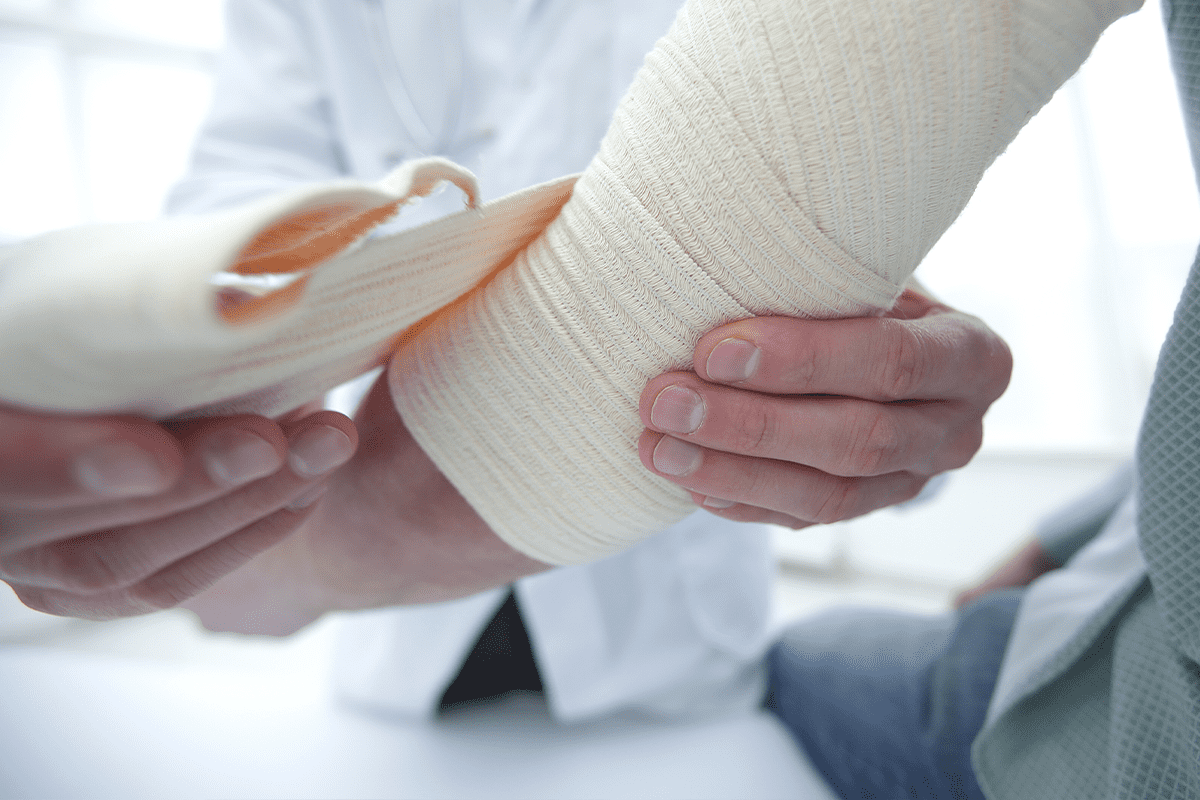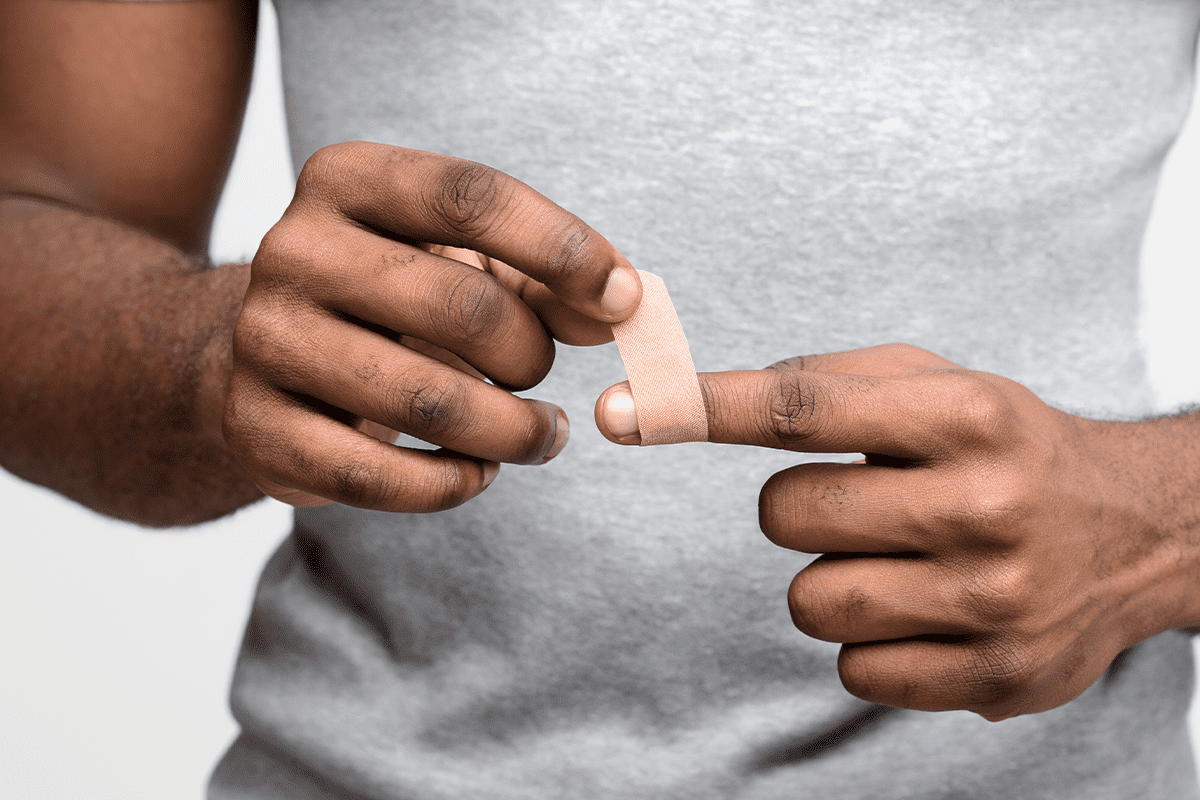Healing is one thing. Regeneration is another. Both are related to recovery but represent different functions in the recovery process. Exploring the difference between them will help you understand how each works in the body and the separate functions they serve.
When we experience injuries, the healing process helps us to recover from wounds by patching up the damaged tissue to prevent further harm. A wound occurs, a scar closes the wound, and the healing is complete. Healing helps us recover enough to continue to live our lives.
Regeneration is a secondary biological function that some animals have that replaces and repairs cells that have been damaged or lost due to injury. For example, some lizards that lose their tails can regrow a new one.
If you break a bone or cut yourself, the body can reknit itself back together and heal. However, unlike lizards, humans can’t regenerate lost tissues–at least not yet. An exciting new field called regenerative medicine is studying how the body’s restorative processes can be bolstered to help you not only heal faster but regenerate new tissues when needed.
The human body’s ability to heal and repair itself is astonishing. But healing is only the first phase of wound recovery. Let’s explore healing and regeneration in animals and humans and what it means for the future of wound care.
What Is Healing?
 Healing is how the body naturally recovers from an injury. We don’t fully understand the connection between healing and our overall health, but we do know that our overall health impacts how quickly we heal. Why is it that two people who seem to be in similar health heal at different rates or in different ways?
Healing is how the body naturally recovers from an injury. We don’t fully understand the connection between healing and our overall health, but we do know that our overall health impacts how quickly we heal. Why is it that two people who seem to be in similar health heal at different rates or in different ways?
We’re not sure, but the way we heal appears to be linked to mental and emotional health, the immune system, and genetics. Lifestyle choices like diet and exercise also seem to affect healing. Stress can slow healingm, while a healthy, holistic environment can aid it. The complexity and variables behind the healing process seem to indicate that there may not be a uniform process that all bodies use to heal. How we recover is an individual journey and is unique for all of us.
But how do our bodies physically recover from a wound?
It depends. If you have a cut on your skin, it may seem like a simple process of popping on a band-aid and going on with your life. However, under the skin, several different processes are unfolding:
- Hemostasis – the blood cells begin to clump (clot) together to staunch bleeding
- Inflammation – the blood vessels open to funnel oxygen and nutrients to the damaged area
- Macrophage Formation – specialized white blood cells rush to the opening in your skin to help fight off infection
- Rebuilding Tissue – new blood cells arrive to create collagen to heal the damage, creating a scar
- Fortification – the damaged skin thickens and toughens over time to protect from further damage to the wounded area
As you can see, healing a cut is a complex process involving several types of cells and the vascular system. Depending on the severity of a wound, healing can take a few days, a few months, or even a few years to complete. The formation of new tissue over the wound is considered a partially regenerative process–however, there are key distinctions that separate it from true regeneration.
What Is Regeneration?
 Regeneration is healing taken to the next level. Regeneration is the idea that the body can regrow parts of itself after an injury. This isn’t as far-fetched as it might sound. In fact, parts of you are regenerating even as you read this.
Regeneration is healing taken to the next level. Regeneration is the idea that the body can regrow parts of itself after an injury. This isn’t as far-fetched as it might sound. In fact, parts of you are regenerating even as you read this.
If you think about it, the body is naturally regenerating itself all the time as new cells form to replace old tissues. A perfect example of this is when your hair falls out and your body produces new follicles.
Did you know the human liver is the body’s only organ that can regenerate itself? Doctors can perform a resection of a diseased liver in the body and the liver will regrow in some patients.
Other fascinating facts about regeneration in the human body include:
- Your tongue has 10,000 taste buds—each one of them regenerates around every two weeks
- Every 10 years our skeletons completely replace themselves
- The olfactory bulb, which governs smell and the hippocampus–the learning center of the brain–can also regenerate
While we can’t regrow limbs, human regeneration can happen on three levels within the body:
- Molecular
- Cellular
- Tissue
Scientists are furiously studying the issue of regeneration. Why? Because it holds the clue to living longer. For example, healing wounds when you are older is more difficult. Chronic skin ulcers that won’t heal are a significant contributor to annual healthcare costs in this country. To help patients recover, scientists are exploring the possibility of regenerating parts of the body that are aged, worn out, or no longer function.
Think that isn’t possible? It may not be possible yet, but there seems to be evidence that it may be possible in the future. We do know that the skin of an embryo in the womb can heal after trauma without developing scar tissue. We also know that some amphibians like the axolotl salamander can regrow lost limbs.
Most instances of extraordinary regenerative abilities in the animal kingdom don’t include mammals like humans—but could cells be made to regenerate parts of an adult human?
To a certain extent, they already can and do with the help of regenerative medicine.
Regenerative medicine is a field that uses proven medical treatments to induce regeneration and speed wound healing. Here’s how it works.
What Is Regenerative Medicine in Wound Care?
 Regenerative medicine is a relatively new field that is being used today for several forms of therapy to help treat:
Regenerative medicine is a relatively new field that is being used today for several forms of therapy to help treat:
- Type 1 diabetes
- Cardiovascular disease
- Brain injury
- Immune system
- Organ transplants
- Wound care
As the science progresses, doctors today can use regenerative medicine to speed up wound healing. The approach enhances the body’s innate ability to repair itself, encouraging healing for severe burns, chronic wounds, or even broken bones.
Each year, more than 11 million Americans struggle with acute wounds that require extensive treatment and a prolonged healing process. Some of the more common ailments include:
- Pressure ulcers
- Diabetic wounds
- Injuries from an accident that are slow to heal
In addition to the traditional care used to treat these chronic wounds (surgery, bandaging, medication, etc.), regenerative medicine offers an alternative solution that can help patients suffering from these issues. Regenerative medicine includes treatments such as:
- Tissue Engineering (the regeneration of the skin’s superficial layers using artificial substitutes)
- Stem Cells (self-renewing cells that can be transplanted from uninjured tissues to stimulate healing in damaged areas of the body)
- Biomaterial Wound Dressings (specially engineered to work with the body to keep the injury moist and encourage healing)
- Growth Factor Therapy (the use of biologically active polypeptides to speed the formation of new cells to close the wound)
Advances in regeneration technology have revolutionized our approach to the healing process and many regenerative treatments are now publically available to patients. While these technologies can’t help us regrow limbs (not yet), they can expedite healing and improve our return to health, especially in patients who are struggling to recover from traumatic injuries.
At Freedom Health & Wellness, our team of wound care specialists is devoted to helping our patients heal using the latest healing and regeneration technology. From minor injuries to major trauma, we use every tool at our disposal to provide the healing support patients need to make a complete recovery.
Contact us today to learn more about our services and how we can help.

 What is healing?
What is healing?


